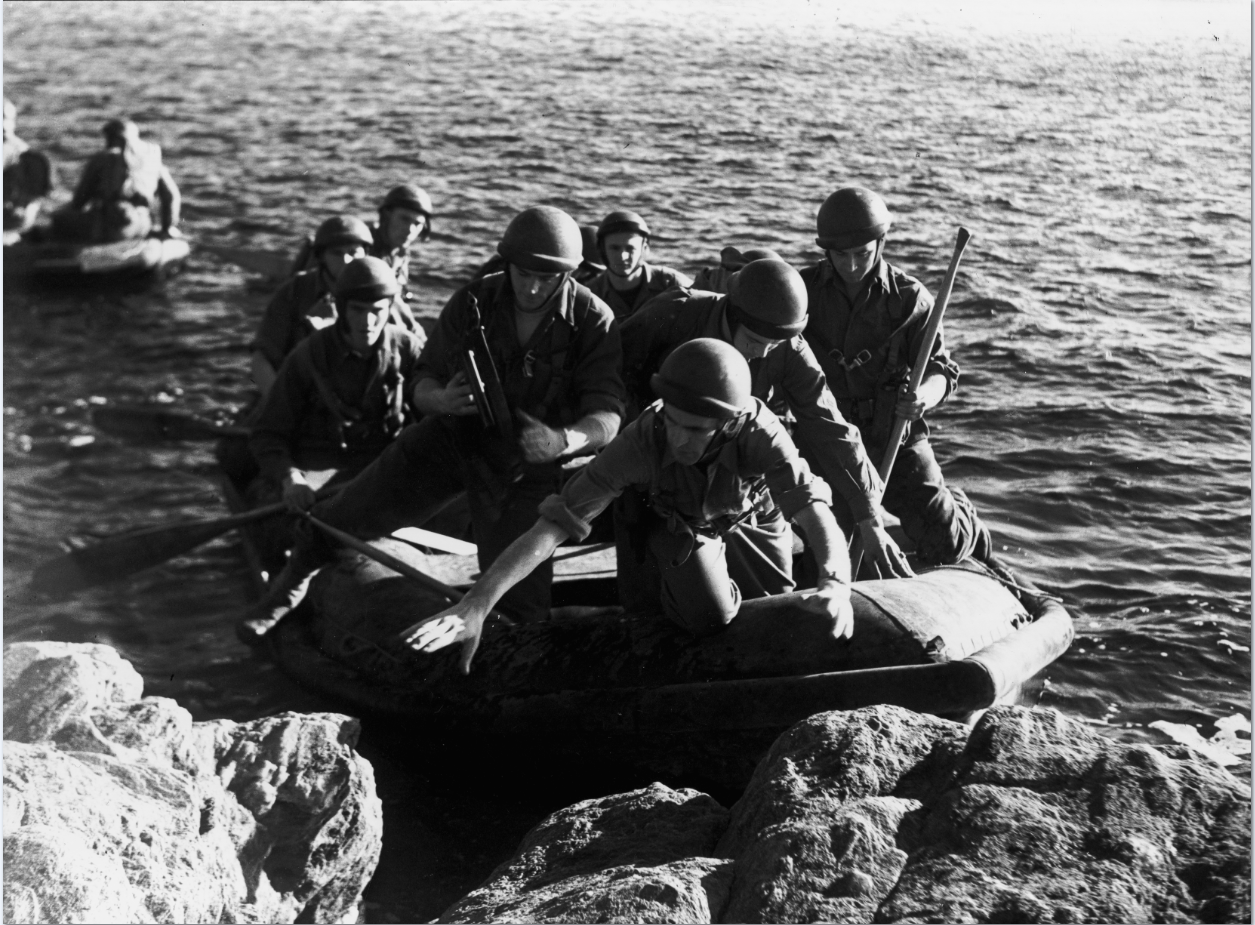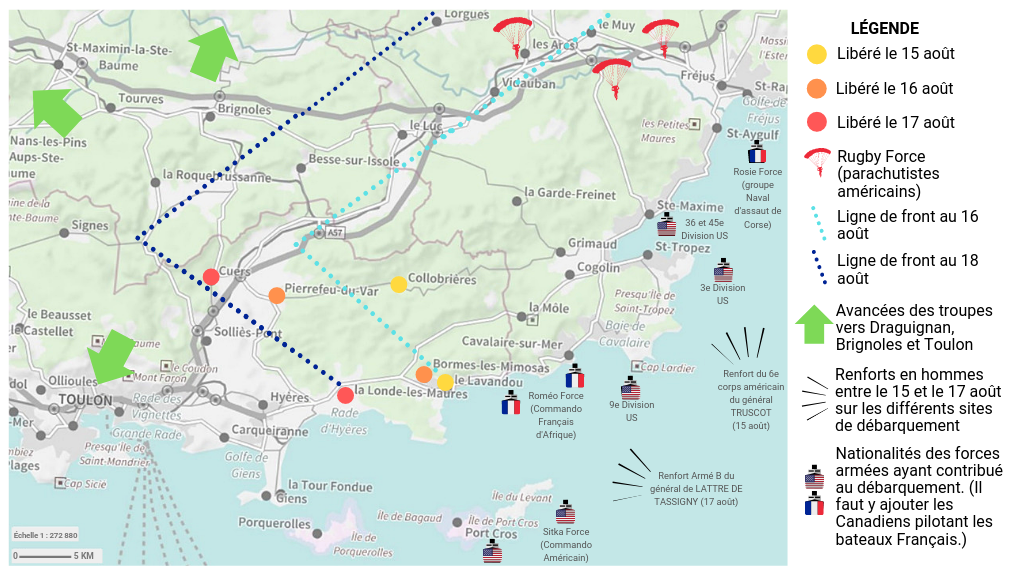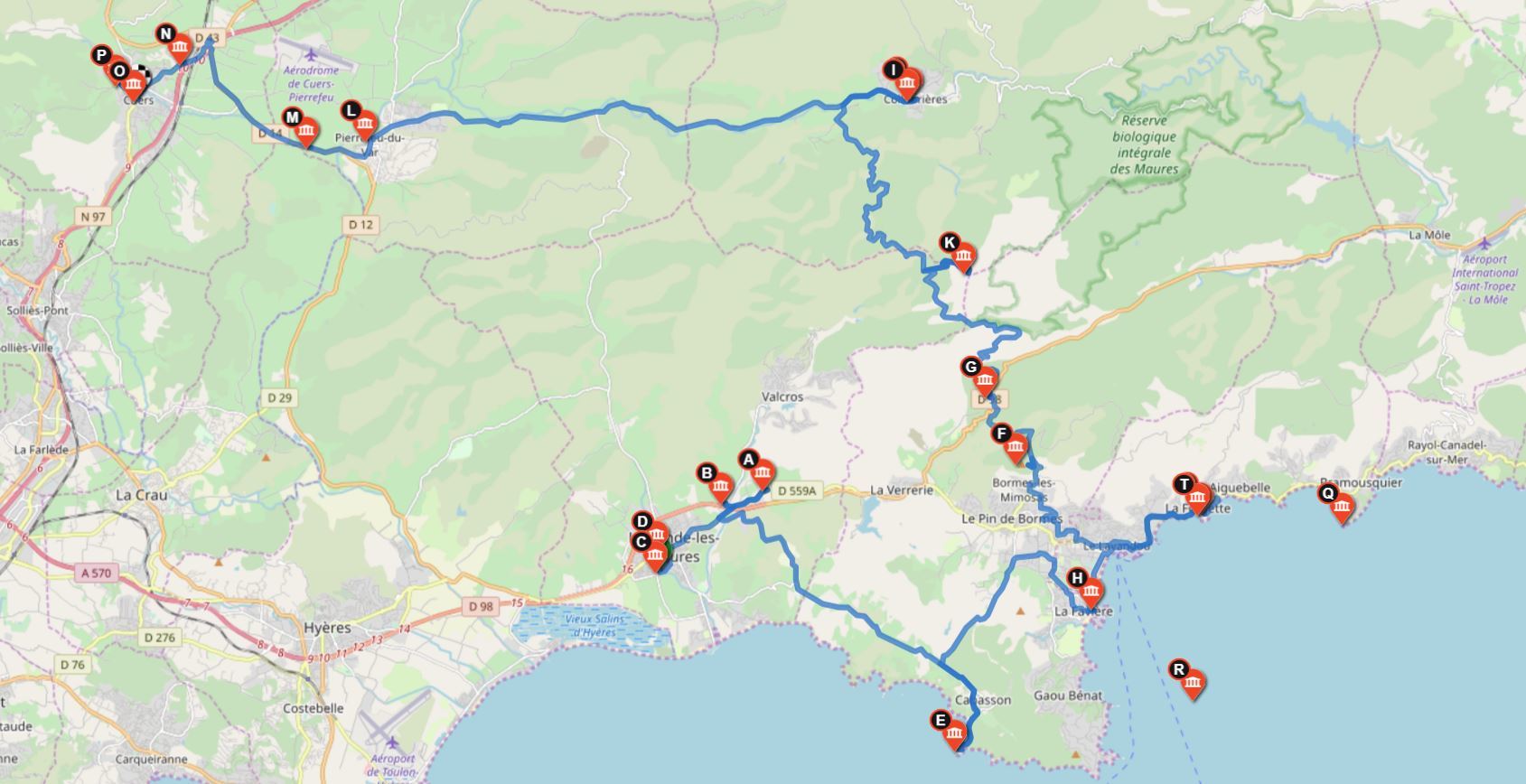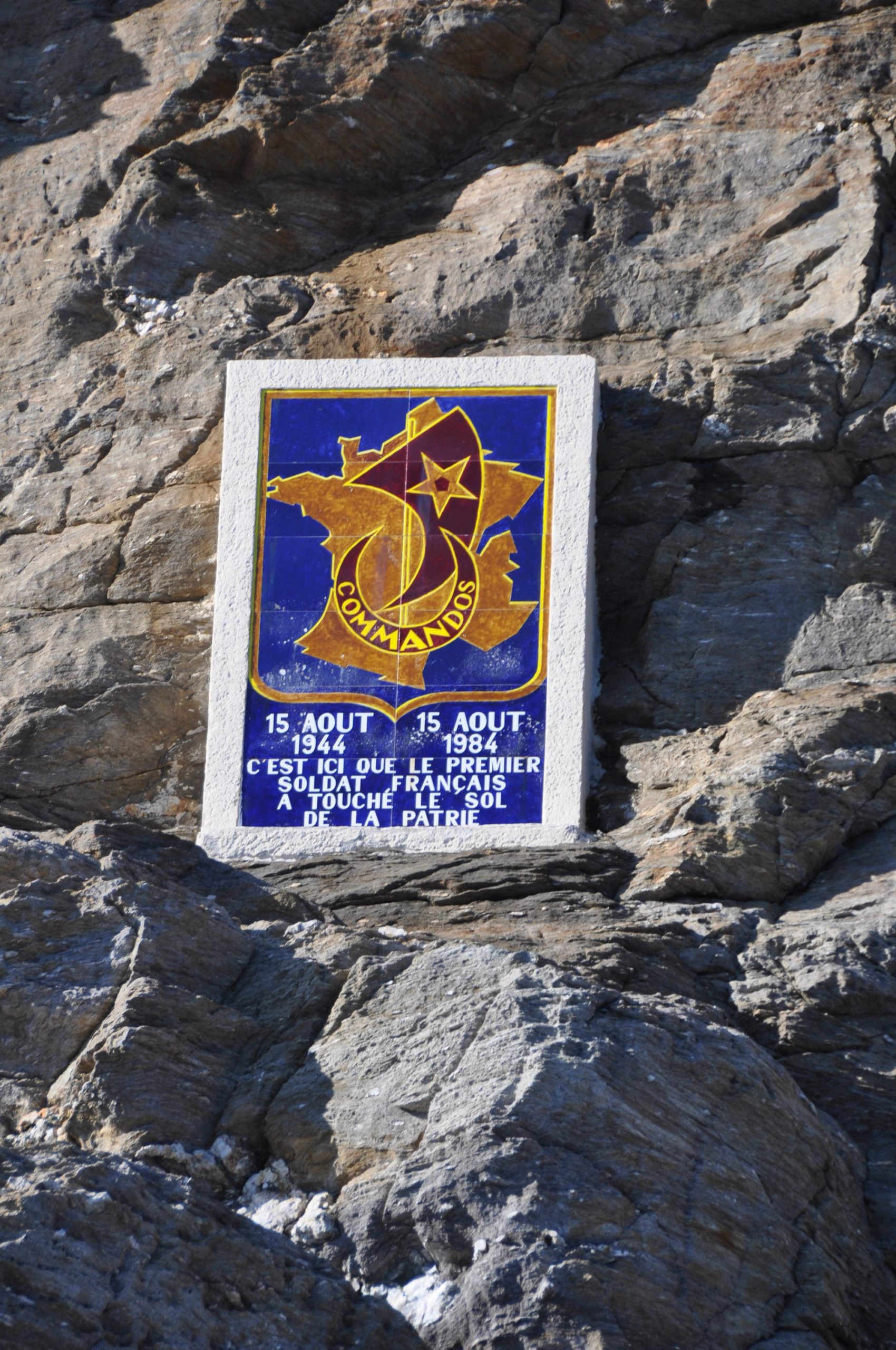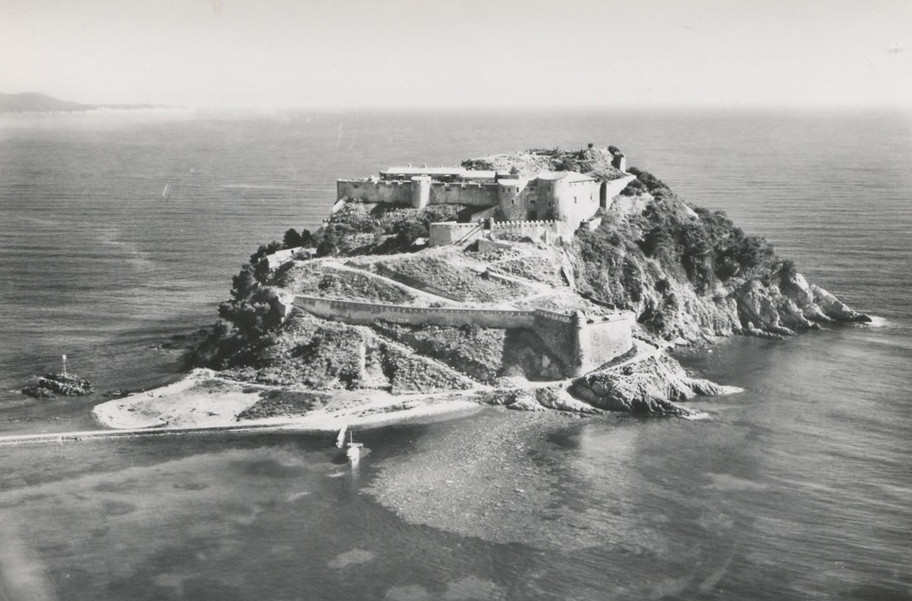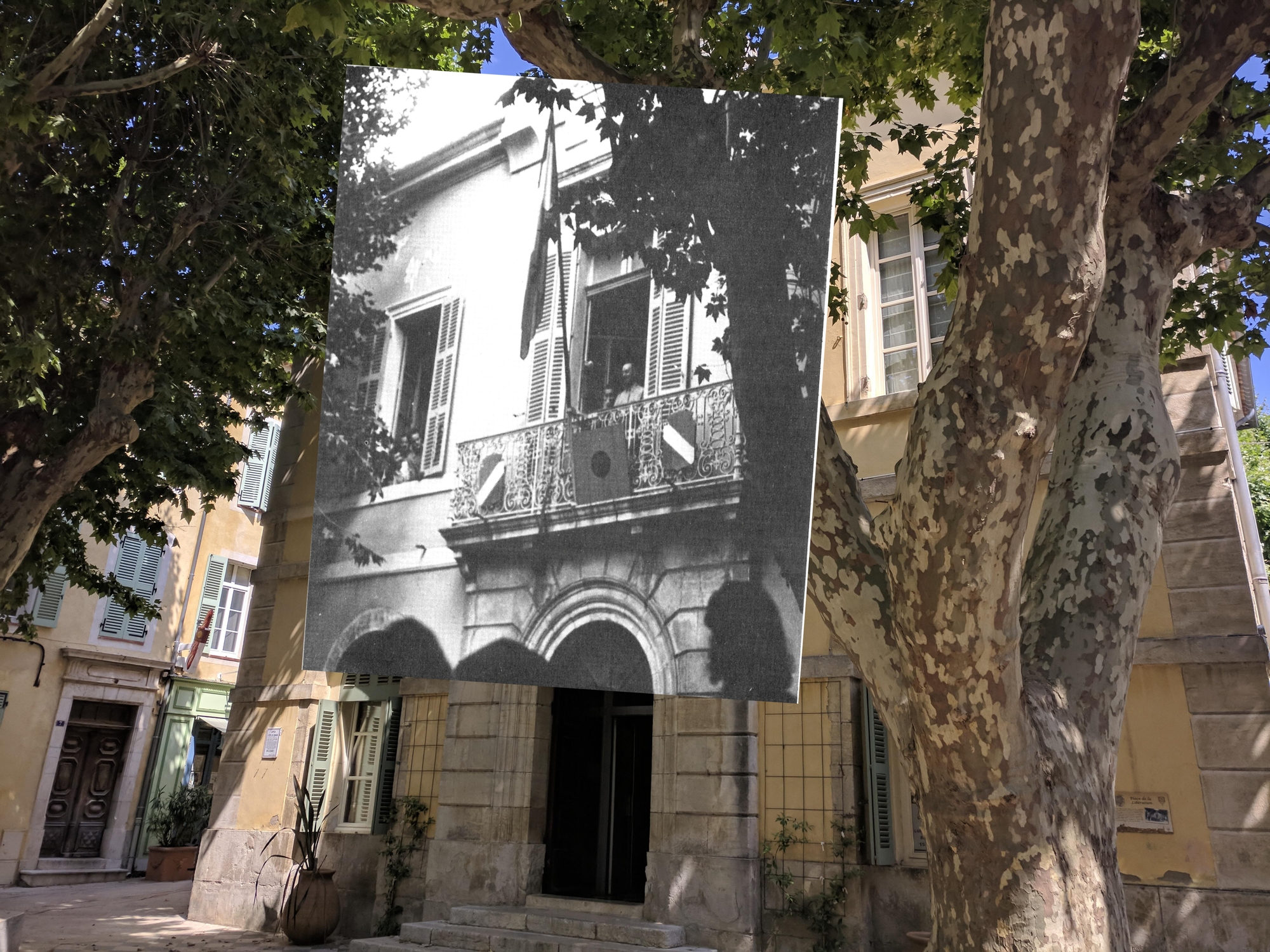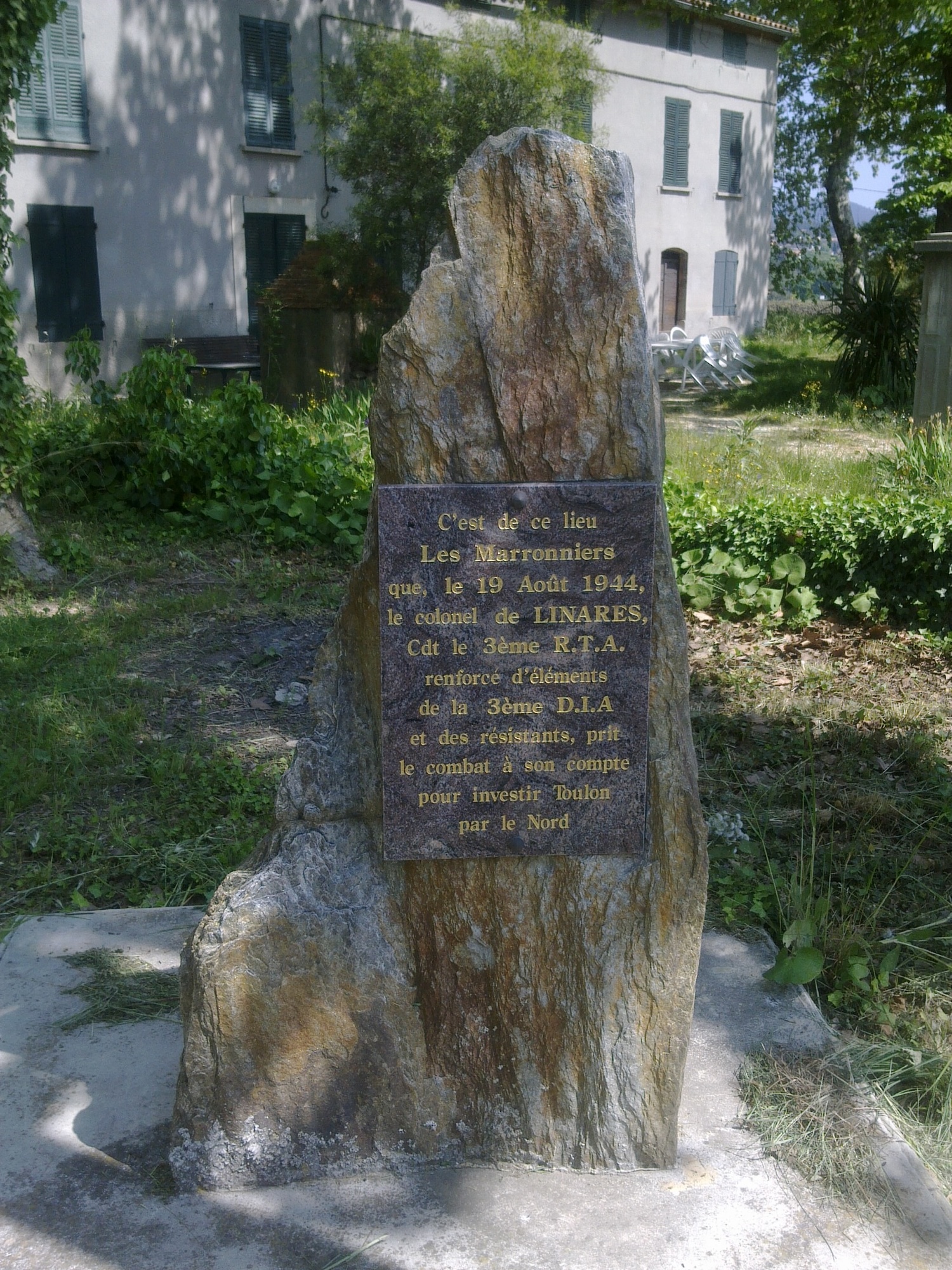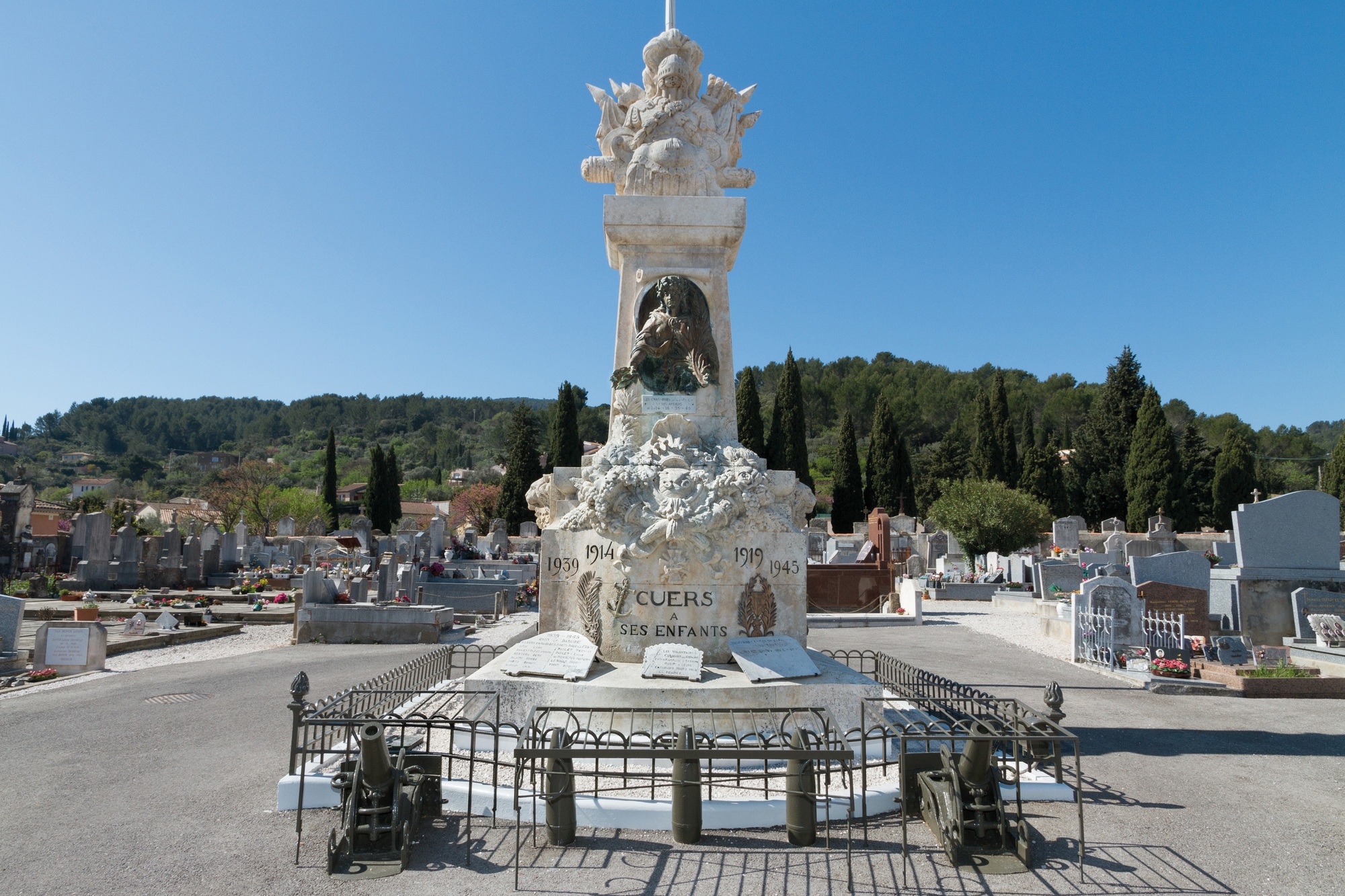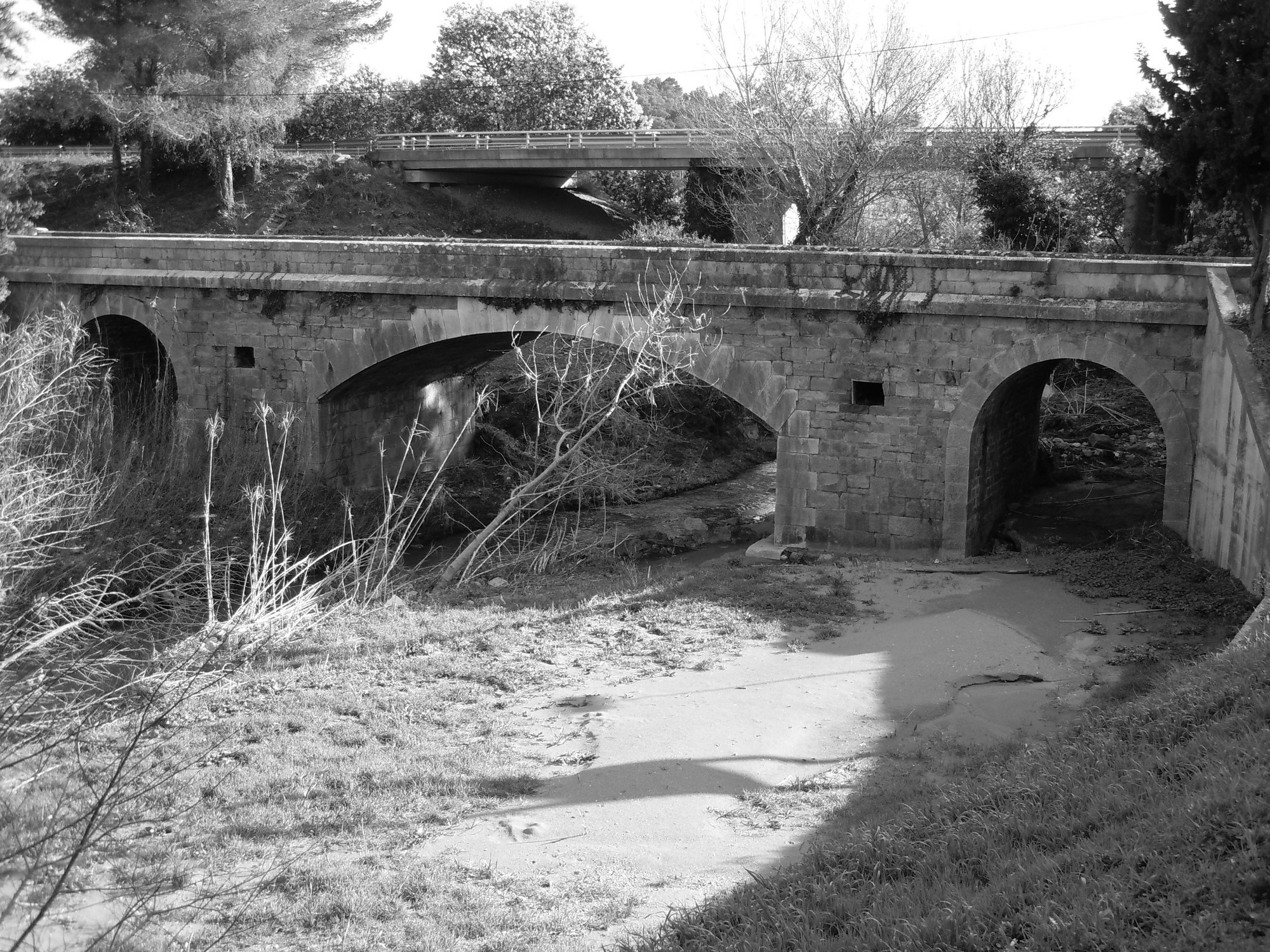This tour offers you an overview of the diversity of the military heritage of the Mediterranean Porte des Maures dating from the Second World War, thanks to a composition made up of sites that are both unmissable and little known in the area.
After the Armistice of June 1940, defeated France collaborated with the Third Reich. After the allied landing in North Africa and the scuttling of the French fleet in the port of Toulon in November 1942, General de Gaulle entrusted General Giraud in 1943 with the task of reorganising a French army in North Africa with the material support of the Americans.
The Allies imagined pincering the occupying troops from the North (operation OVERLORD, in Normandy) and the South (operation DRAGOON in Provence).
The Maures coast then appeared to be the only place likely to escape the coastal batteries of the Toulon area.
Two months after the Normandy landing, on 6 June 1944, the Allies received the green light. During the night of 14 to 15 August 1944, the African commandos, the first French soldiers on the soil of Provence, stormed Cap Nègre, the naval assault group, the Pointe de l'Esquirol, the Canadians and the American rangers, the Îles d'Or. The American parachutists were dropped on the plain of Le Muy.
On the morning of 15 August, the American divisions landed at Cavalaire; for eight days, all those of the African Army landed in a continuous stream on the beaches of Cavalaire, le Dramont, la Nartelle to liberate the occupied Var towns and villages.
Go back in time and discover the key sites of the liberation of the towns of Lavandou and Collobrières on 15 August 1944, Pierrefeu du Var and Bormes les Mimosas on the 16th, La Londe les Maures and Cuers on the 17th.
In one go or in stages, you can easily compose your route.
> Le Lavandou
The place where the first African commandos landed on the night of 14 to 15 August 1944, Le Lavandou can pride itself on having also been the scene of several episodes of the Second World War.
Whether they were sailors, soldiers or resistance fighters, the Lavandourains actively participated in this conflict fighting against the enemy on the seas, on the fronts and in the maquis.
Thanks to the information provided by the Resistance and the bravery of Lieutenant-Colonel Bouvet's men, the African commandos were to initiate the success of the "Dragoon" operation.
> Bormes les Mimosas
Until 1942, Provence was preserved from the occupation.
Then it suddenly saw events come to a head with the invasion of the southern zone by Italian troops.
After Italy's armistice in September 1943, German troops took over, until the liberation in August 1944.
> Collobrières
From 11 November 1942, the "free zone" was invaded by the Germans and Italians.
Daily life, already difficult, was henceforth punctuated by the curfew and the Ovra (Italian Militia of the Fascist party) even arrested the mayor Charles Imbert and locked him up in the Modane prison in 1943.
The Resistance is organised in the Maures maquis but food shortages reign and the only food production is chestnuts and grapes.
It is not until 15 August 1944 that the allied troops arrive by road N°14 from Grimaud that Collobrières breathes again.
> Pierrefeu-du-Var
16 August 1944
24 hours. This is the time that will have elapsed between the landing of the allied forces on the beaches of the east of the Var and the liberation of Pierrefeu-du-Var.
Arriving on the RD 14 in an east/west direction, a column of goumiers, riflemen, resistance fighters and soldiers of the 3rd US Division entered Pierrefeu-du-Var to liberate it from the German yoke.
The battle was hard. GI Erwin Lemke was ambushed by the enemy at what is now the "Château Montaud". Once Pierrefeu du Var was liberated, Colonel de Linares set up camp at the "ferme des marronniers" before leaving to liberate Toulon.
> Cuers
June 1940, on the Cuers-Pierrefeu NAS, the Naval Aviation fighter squadron was in charge of intercepting enemy planes and two airmen died in June 1940 and June 1944.
On 17 August 1944, General Pierre Magnan, liberator of the commune and a true hero, finally put an end to the fierce resistance of the German soldiers. Since 17 August 1982, as a tribute, a square has been named after the valiant soldier and, subsequently, other streets and squares were named after the heroes who died for France.
La Londe les Maures
On 25 June 1940, when the Armistice was announced, La Londe was relieved.
At first it supported Marshal Petain, before suffering the weight of the occupation, first Italian and then German from August 1943.
While the Nazis settled in La Pascalette or in the Château des Bormettes and deteriorated certain parts of it, the resistance became impatient and strengthened as the alerts sounded.
As the bombing intensified, the rumour of a landing was heard until 17 August 1944.
Opening
| Days | Hours |
|---|---|
| Monday | Not disclosed |
| Tuesday | Not disclosed |
| Wednesday | Not disclosed |
| Thursday | Not disclosed |
| Friday | Not disclosed |
| Saturday | Not disclosed |
| Sunday | Not disclosed |
